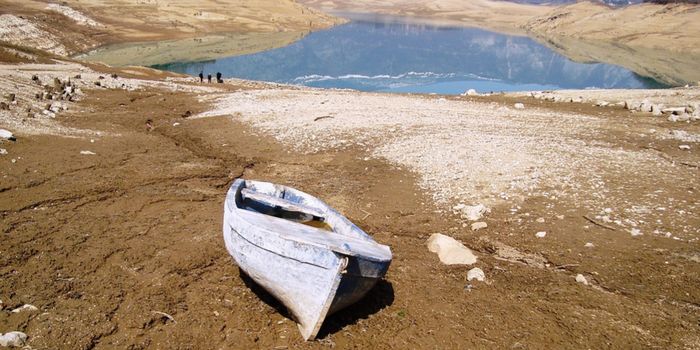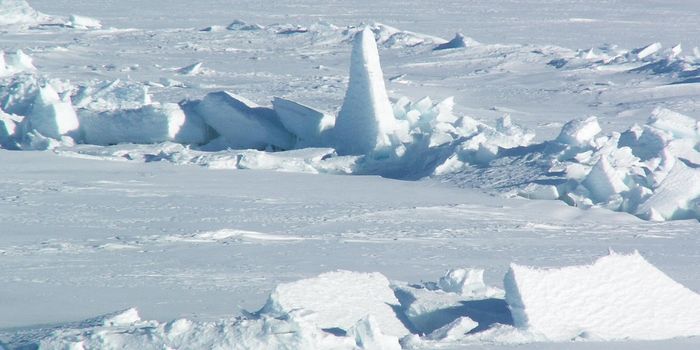Alaskan towns are at risk of falling into the sea
The exodus has begun. The number of towns relocating to escape climate change-driven sea level rise has reached 13, and they are only the tip of the iceberg, so to speak. Due to its northern location, Alaska is getting hit hard. Because of the surface albedo feedback, (the phenomenon that occurs when melting snow and ice turn white, sunlight reflecting surfaces into darker, heat absorbing spots), climate change is amplified in the Arctic. Air and sea temperatures warm twice as fast there when compared to global rates.
The Army Corps of Engineers reports that currently, 31 Alaskan communities face “imminent” existential threats from coastline erosion, flooding and other consequences of climate change. Kivalina, Newtok, Shaktoolik, and Shishmaref are a few of the extreme cases that require immediate relocation.
Shishmaref is a town located on a narrow barrier island in the Chukchi Sea. The island is narrow, at points only a quarter mile wide, and sits on permafrost that is thawing quickly, much to the dismay of the 600 residents who live there. But that’s not the only threat the town faces: the icepack that usually forms around the island in the fall and protects it from severe storm waves isn’t forming correctly. That means when a storm hits, the land is exposed. Between 1997 and 2002 severe storms caused enough erosion that some homes fell into the sea. Three to five feet of shoreline is lost per year. A town vote decided that the town would relocate. but that could cost up to $180 million; with the federal government cutting budgets for climate change adaptation programs, Shishmaref wonders what their fate holds.
The Denali Commission is one of the organizations that have been working on relocating towns. Unfortunately, the Trump administration dismantled the agency as part of its mission to deny climate change.
“We have communities here at threat and my peers in DC know this and are asking how they can help,” said Joel Neimeyer, federal co-chair of the commission. “At the moment there isn’t a mechanism to fund an entire village location. It’s done in dribs and drabs. We don’t know yet if Congress wants to fund a village relocation.”
Neimeyer says that while it may seem like a forgettable event for many because it’s not happening in your backyard, setting the right precedent is crucial for the entire nation. “This is about how to put a blueprint in place to fund [re]location when disaster hits. If Hurricane Katrina was going to hit you and you had a year to prepare, could you come up with a plan that would shorten the pain and suffering? I believe the answer is yes.”
Sources: Union of Concerned Scientists, The Guardian, The Army Corps of Engineers









